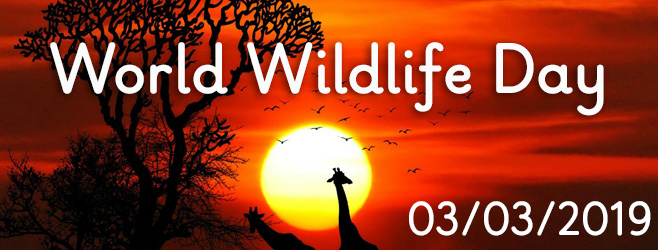The wonders of wildlife

World Wildlife Day is a fantastic opportunity to explore endangered species and learn about a variety of animals from around the world. Explore a range of activities that can be used in the classroom and gain an insight into the BBC Earth Ladybird Readers.
1) Make a habitat for a particular animal or a range of animals in the classroom. Choose one animal or various animals to focus on and set up a habitat for the animal/s in the classroom. This activity will help bring the habitat to life and is kin-aesthetic and tactile for learners.
Examples:

Whales
A toy whale and a container with water.

Polar bears
A toy polar bear, ice and water.

Tigers
A toy tiger, a forest, trees and grass.
Note – for younger learners visuals can work just as well as actual realia. An alternative is to have pictures of animals and pictures of their habitats and then ask the learners to match each animal and habitat together. This can then be used as a talking point.
2) Taking care of endangered species. Find a toy animal that you can use for the activity, tell the class that they are going to look after the animal. Pupils can focus on the food the animal eats and the best habitat for it to thrive in.
3) Animal footprints – this is a quite simple activity that can be fun and engaging for learners. Find or draw footprints for a range of animals and use them in an activity. The students have to talk about the footprints using a range of adjectives to describe them. Then ask the pupils if they can match up each footprint with a particular animal. They can then look at comparisons between the range of footprints.
4) Make fact cards/posters for each endangered animal. This can be with a drawing or pictures of each
animal and then the pupils need to put key facts on each card / poster. The facts can include the size of each animal their particular habitat and what they eat. It could also focus on the number of animals left in the wild and how endangered they are.
5) Watch BBC Earth Ladybird Reader videos with your pupils. Sign in to the website to watch with your young learners:
Browse all BBC Earth Ladybird Readers

